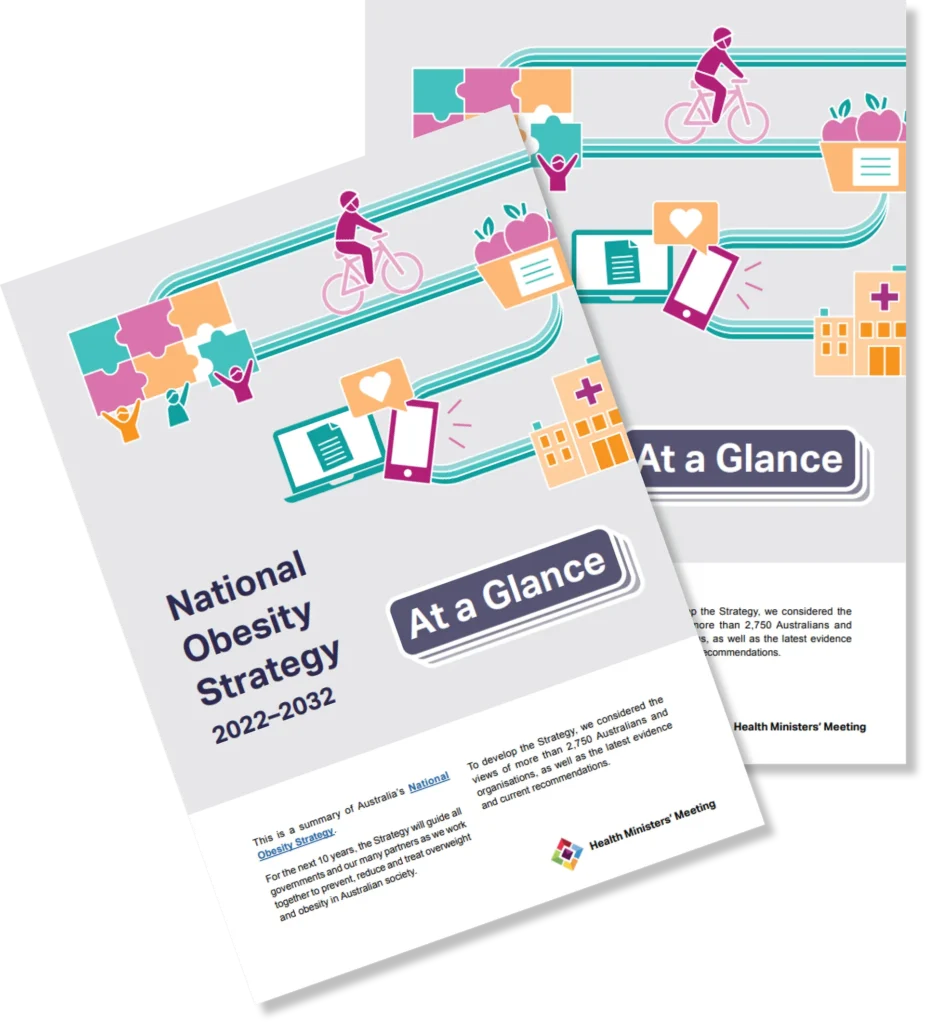HEALTH & WELLBEING
The Critical Role Of Fitness Professionals In Overcoming Children’s Obesity And Inactivity
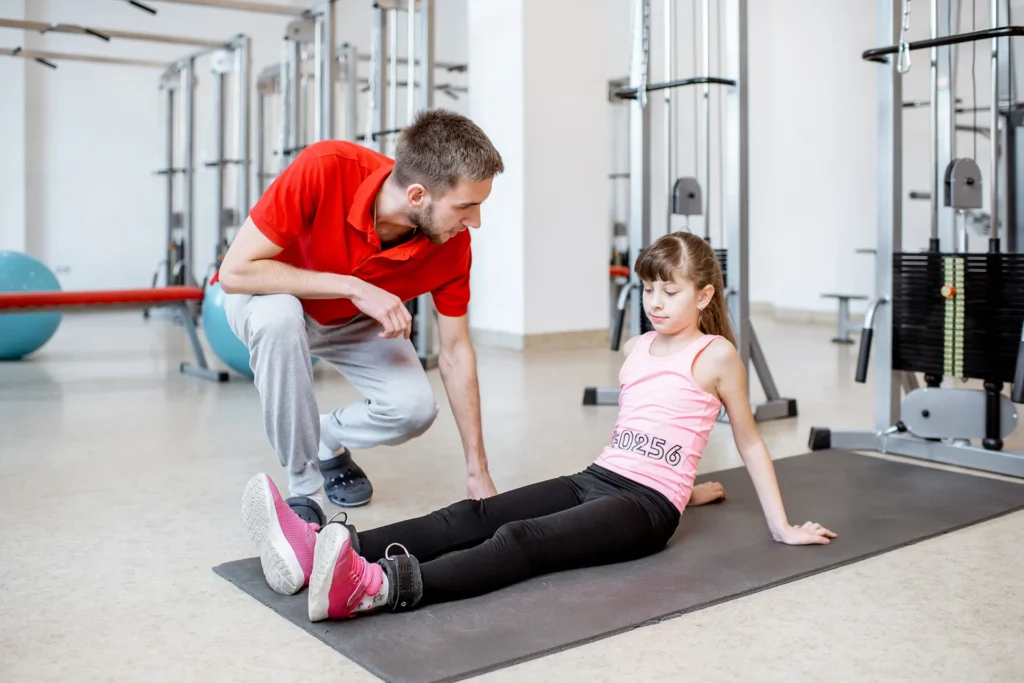
Right now in Australia, ‘around 1 in 4 children aged between 4 and 15 years live with overweight or obesity’, according to the Federal Government’s health advisory Health Direct. That’s 25% of our future population not understanding and valuing a healthy lifestyle. It’s worrisome.
It’s not like this is a new issue either, as the data that was gathered by the Australian Institute of Health and Welfare (AIHW) back in 2007 and 2017, showed rates of overweight and obesity in children at 23% and 24% respectively. We haven’t progressed in this area in close to 20 years!
What’s even more concerning, according to recent reports by the ABC, ‘a major global study estimates that 50% of children and young people (aged 5-24 years) in Australia will be overweight or obese by 2050’.
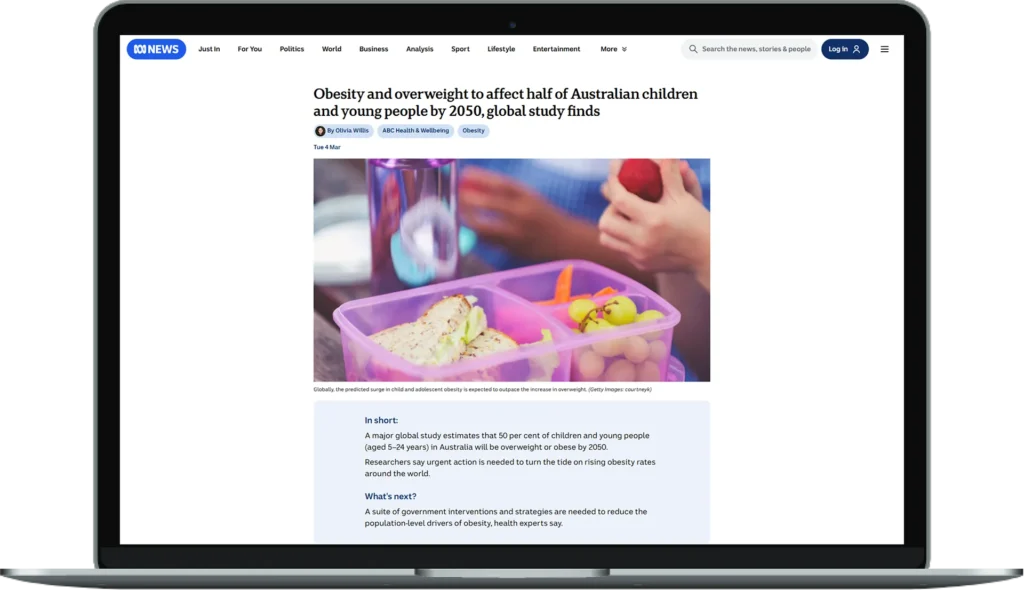
The outlook isn’t pretty. We’ve all got a role to play as parents, friends, relatives and professionals in overcoming and preventing this potential health disaster.
Most fitness professionals have probably never thought about working with kids or at the very least, you might get the odd teenager come through your gym who’s looking to get started with their fitness routine or utilise personal training services. Some youth might just be looking to follow in the footsteps of their favourite influencer, but hopefully, they’re coming to establish healthy lifestyle patterns.
The harsh reality is, physical activity levels amongst kids aged between 2-12 and teenagers aged between 13-17 are extremely low. The data is grim reading, as outlined by AIHW:
Over 8 in 10 (83%) children aged 2–5 did not meet both the physical activity component and the screen-based activity component – 39% did not meet the physical activity component and 75% did not meet the screen-based activity component.
Nearly 9 in 10 (88%) children aged 5–12 did not meet both the physical activity component and the screen-based activity component – 74% did not meet the physical activity component and 65% did not meet the screen-based activity component.
Most young people (96%) aged 13–14 did not meet both the physical activity component and the screen-based activity component – 89% did not meet the physical activity component and 77% did not meet the screen-based activity component (AIHW 2018).
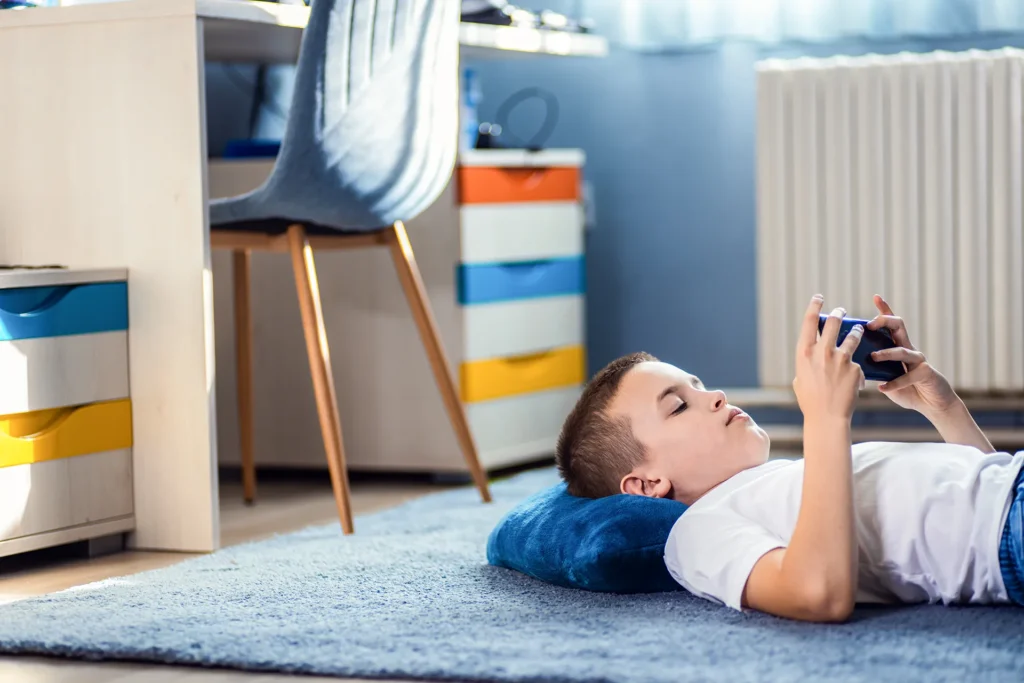
Unfortunately, kids these days are far more likely to be in front of a phone or computer screen than they are to be out in the park or playing sports. We simply have to buck that trend and get kids active again. Not just so our numbers can look better than they have for 20 years, but so our next generation can grow up living healthy lifestyles – for them and for us (older generations). It might sound tongue-in-cheek, but if they’re the ones who will be looking after us when we’re decrepit 90-year-olds, we need them to be physically able to do so!
Back in 2022, the Federal Government launched the National Obesity Strategy, which set out the aim to ‘reduce overweight and obesity in children and adolescents aged 2-17 years by at least 5% by 2030’.
Unfortunately, we’re now only five years away and we’ve made little to no progress in these areas. We’ve still got record numbers of kids turning up with diabetes, hypertension and fatty livers. That 5% reduction, according to the Australian Prevention Partnership Centre, could result in ‘projected overall savings of $7.44 billion’ to the Australian economy. That’s less money spent on reactive healthcare and hopefully more money spent on preventative measures such as gym memberships, PTs, kids’ sports and activities.
So, if you’ve never thought that there was a role for you, as a fitness professional, to play in turning these trends around, hopefully you’re convinced. Not only can there be a financial incentive by opening up your customer base to new markets, but just think about the impact you can have on our current and future generations.
You also wouldn’t be entering into a brand new market, as there are currently dozens of fitness businesses nationwide that are targeting either some or all of their services towards children and adolescents, including major franchises such as Les Mills and Fernwood Fitness.
There’s no need to reinvent the wheel or to come up with a revolutionary idea; perhaps just opening up your doors and marketing to a younger audience could be the way to test the waters. If you operate a gym or studio, you could run a couple of pre- or post-school group classes for kids each week. Stick some flyers up on the school noticeboard, if they still do that, or target parents via social media. If you’re a sole trader, ask your clients to bring their kids along, even for free to begin with and you never know where it will take them. At this point, anything is better than nothing!
Plus, parents are willing to pay. Some children’s activities, such as swimming, organised sport and music lessons, can cost anywhere from $20 to $50 for a single lesson. A weekly bootcamp for kids might just pay for your next holiday!
What’s really important is that you provide them with sound advice, a fun environment and sustainable and effective programs. If you’re not sure how to do that, then upskill yourself.
Australia is at a crossroads with overweight/obesity rates and inactivity in children. If we don’t do something NOW, it’s only going to get worse. Find yourself on the right side of history by investing yourself and your business in creating healthy lifestyles for our future generation.
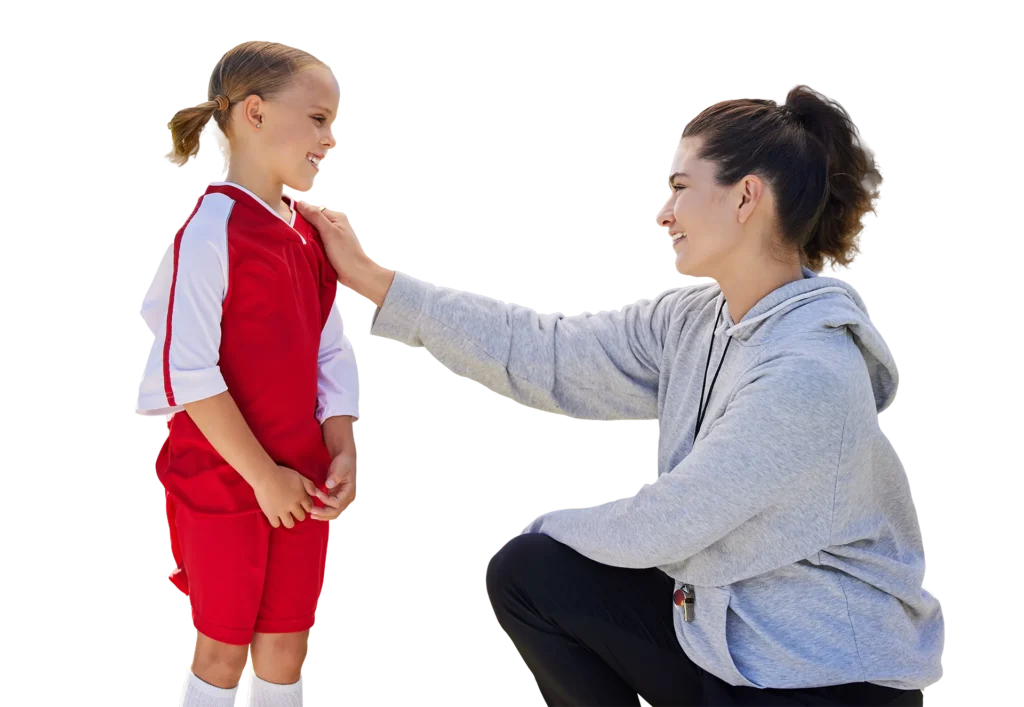

Ash Shenker
Ash is the General Manager of Australian Fitness Academy and AFA Asia. With a vast background in Marketing, Education and Operations, Ash oversees the delivery of AFA’s nationally accredited qualifications and the development of new Professional Development short courses, such as Children’s Movement Programs. Ash has also led the growth of AFA’s global footprint with the expansion of its fitness education offering in Singapore and South-East Asia. Check out AFA’s Children’s Movement Programs course, which is specifically designed to support fitness professionals in gaining the knowledge and skills they need to work with kids.
